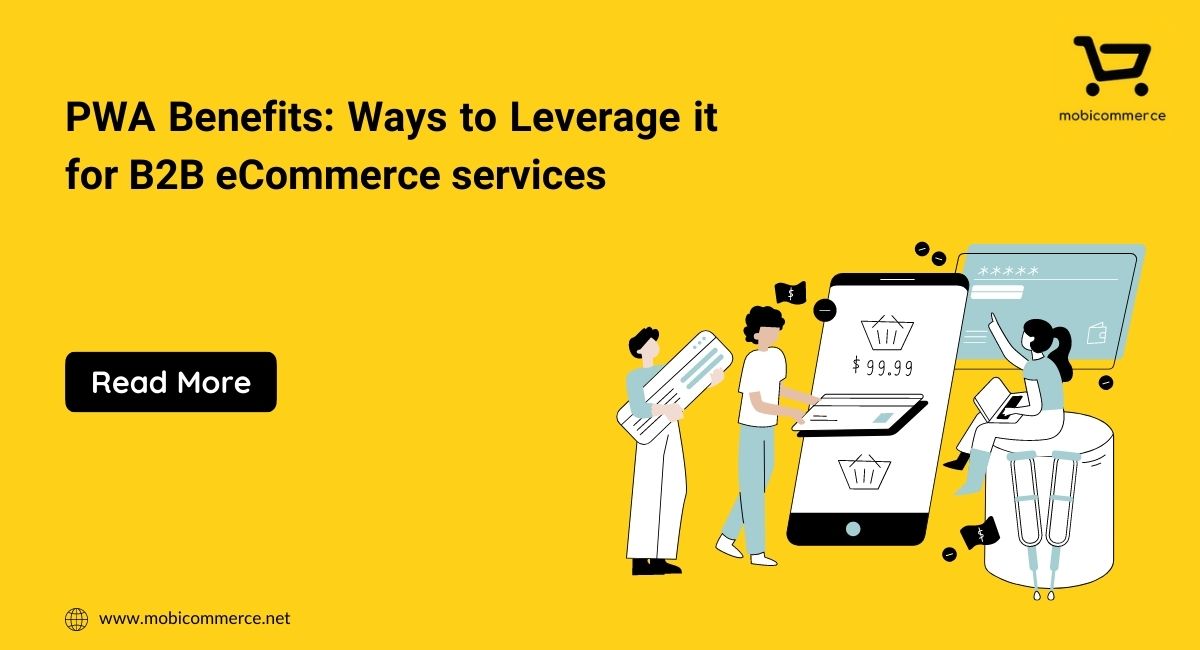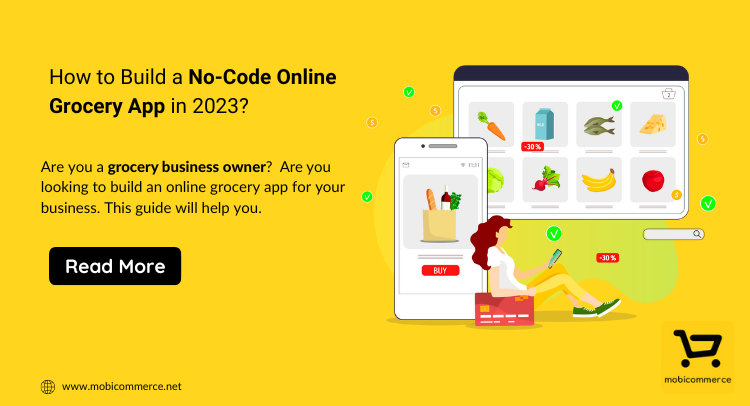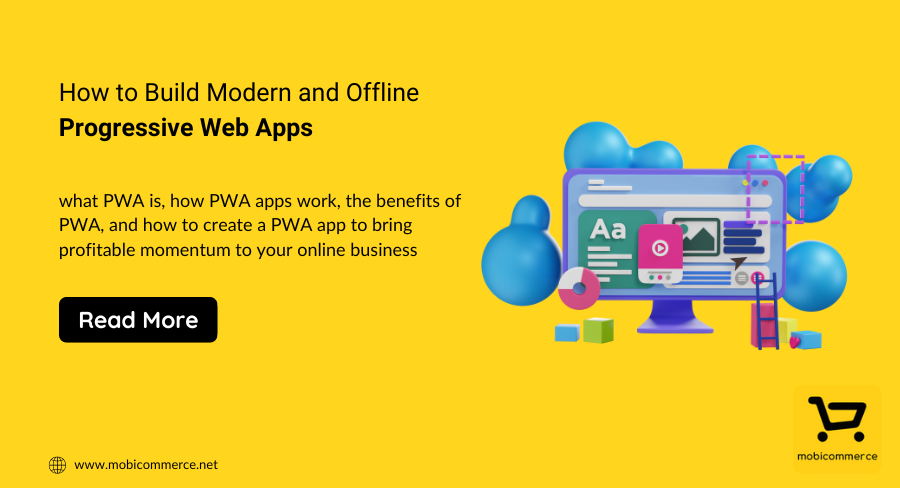While there are 1.6 million applications available for Android users, and a total of 1.5 million apps available on iOS, 46% of smartphone owners use as little as 1 to 5 apps weekly. According to the Pew Research Center Report from November 2015, 43% of users uninstall an app right after downloading it.
In this type of an extremely competitive current, building, marketing and launching an app has become an indisputable challenge for even large companies, not just smaller developers. From your idea to your QA, two basic but baffling steps are defining the success of your app. And here is what you need to know about them.
Don’t launch an app that you are not using yourself. The answer might be as simple as that. If you don’t have a product that you are using on a daily basis don’t expect from others to use it as often as you would want them to (on a daily basis preferably.) Being emotionally objective should be your priority, because you can easily get sidetracked by the look, feel and overall project that you’ve built yourself.
The trick is to always think about your product from the perspective of the end user. Although your app should be safe for use, reliable, scalable, it also needs an intuitive UI and a thorough research work behind it. Make sure to maintain your focus, target your model audience, and always rely on analytics when you’re in doubt. Feel free to get inspired by other developers and if you think that you can offer a better version of some product — go for it.
Marketing an app is still an unfamiliar territory, and this is why a great majority of marketing “experts” advise developers to build a great app, and let the product sell itself. Making an app useful should obviously be your priority. On the other hand, if you were considering marketing an app via QR codes, know that a total of 2% of US residents scan those. The solution is simple: go social. Social media marketing has become one of the most effective strategies across different markets and industries. If you have a PPC strategy, make sure that you are targeting your audience. On the other hand, video marketing is always a good idea. Online videos add up to 50% of all mobile traffic. This is why the best idea is to connect to influencers and get them to review your app. If you are paying for this sort of promotion, evaluate the price in accordance to the views and number of subscribers that this person has.
Ideally, you already have a fan base of your own and you have a good relationship with your audience, so you can market the video by yourself. Or get a friend or a member of the family to record the first video of your app at work and post it. This relates only to indie developers, if you are working for an established company and you’re hiring friends and family that is nepotism in the workplace, of course.
Now for the final step, when launching your app you should already have a pre-defined pricing strategy. Unsurprisingly, free apps get the most traction, but you decide which strategy is the best answer for your business model.

In order to improve user experience, businesses are increasingly turning to progressive web apps, which combine the best features of regular apps and websites. Ecommerce businesses which have created mobile-first PWAs have seen significantly faster page loading times, better conversion rates and improved engagement. On average, a website using PWA can increase speed performance by… Continue reading PWA benefits: Ways to Leverage it for B2B eCommerce services

If you have a grocery store and you are looking to take your business to the next level, then this is the right time to invest in grocery mobile apps. A report by Oberlo suggests that online grocery sales in the US are expected to reach $160.91 by 2023. Not only this, the revenue continues… Continue reading How to Build a No-Code Online Grocery App in 2023?

Most businesses create an app to establish their business in the digital world. But after some time, these businesses end up investing much more money by creating different versions and similar apps for different operating systems to stay relevant in the market. Later on, this choice of businesses becomes painful as they spend more money… Continue reading How to Build Modern and Offline Progressive Web Apps
Sign up for our newsletter and be the first to receive all the latest updates.
Request a callback from us by filling the form below.

Get your project estimate. Brainstorm business ideas. Book a demo. Get complete support and so much more!